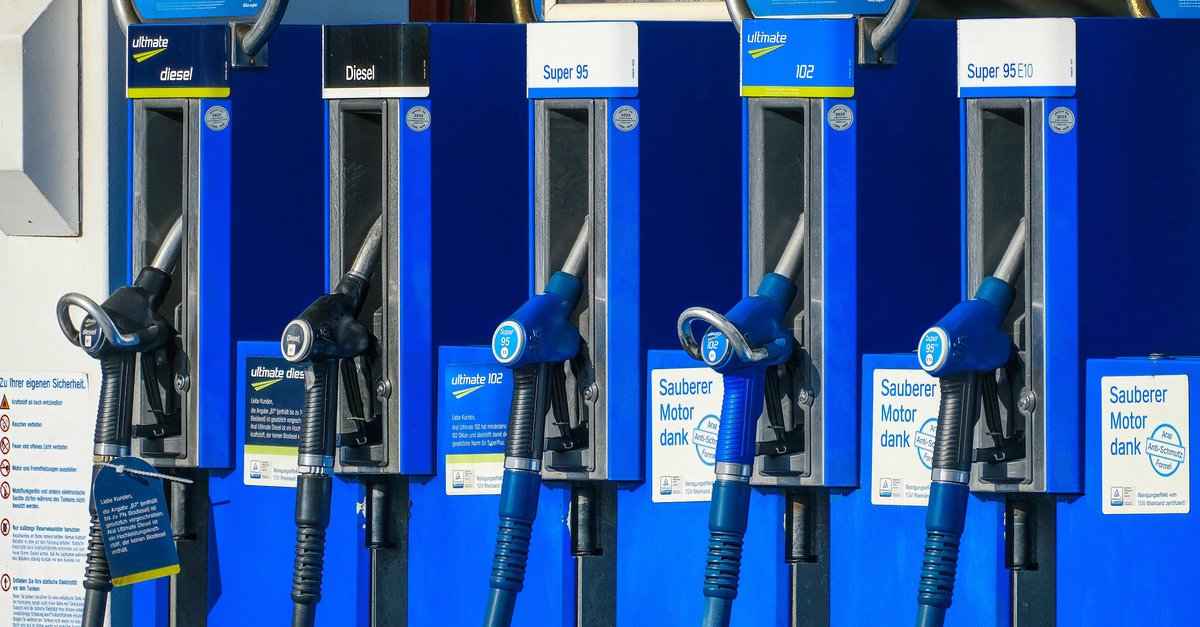Denmark is building its own island to expand wind power capacity
The expansion of renewable energies is progressing at a rapid pace worldwide. New capacities are connected to the grid every week, which is also necessary in many nations in order to achieve set climate targets in the given time. Germany, which is still seen as a prime example in many places, has hardly made any progress in recent years, and the expanded wind power capacities are even declining [1].
In contrast, Denmark shows how it can be done properly. By 2030, a so-called “energy island,” a structure that will house dozens of wind turbines, is set to emerge off the west coast of the country.
Initially, the complete system should supply 3 million households with energy, but the output should then increase quickly and 10 million households should be supplied. It is currently assumed that a capacity of 10 gigawatts is possible in the long term, which would be one and a half times the demand of the entire country.
With this, Denmark once again underscores the urgency of the energy transition. Last year, emissions are said to have fallen by 70 percent compared to 1990, so achieving climate neutrality by 2050 is within reach. One circumstance is quite convenient for the country, it is surrounded by a lot of water.
After all, significantly higher constructions can be erected on the water than would be possible on land; an offshore wind turbine can reach a height of up to 260 meters. Dozens of such wind turbines could stand on the energy islands and be connected to a central energy hub. This then forwards the generated energy to the mainland.
So far, the plans are not so concrete that the structure of the island can be read. All that is known is that the total facility will cover around 1.3 million square meters (that’s 18 football pitches) and the cost will likely be in the region of 38 billion euros [2]. There is also talk that excess energy can be used to produce green hydrogen. Either way, Denmark is showing us how sustainability can be promoted by governments while we argue about wind turbine spacing [3].


